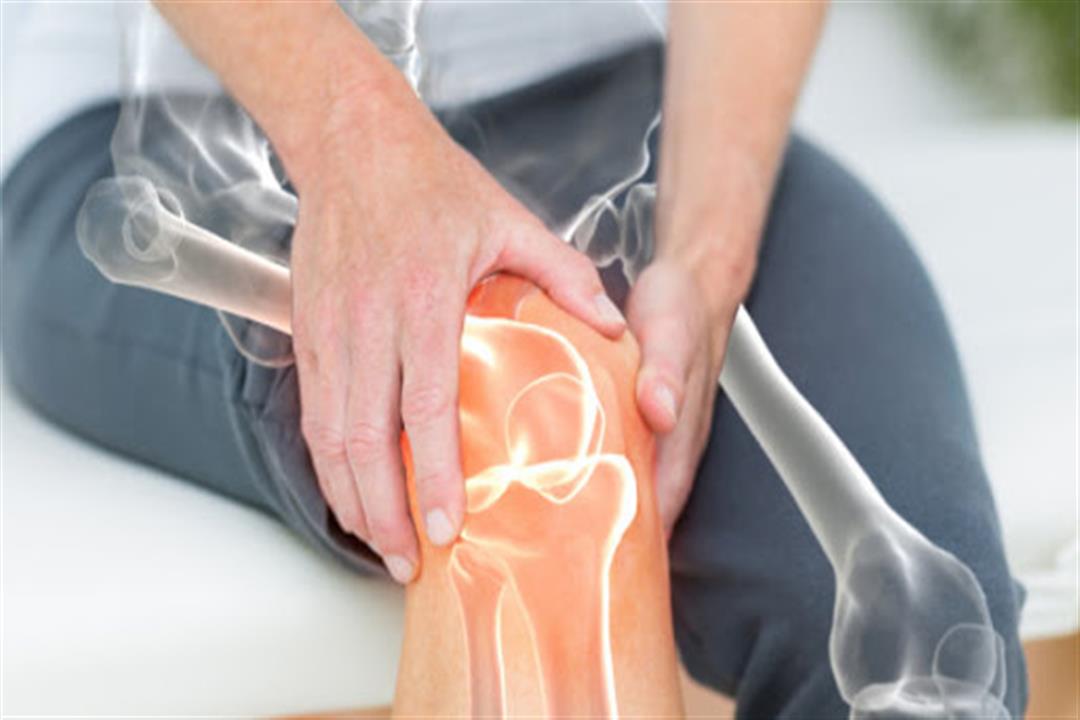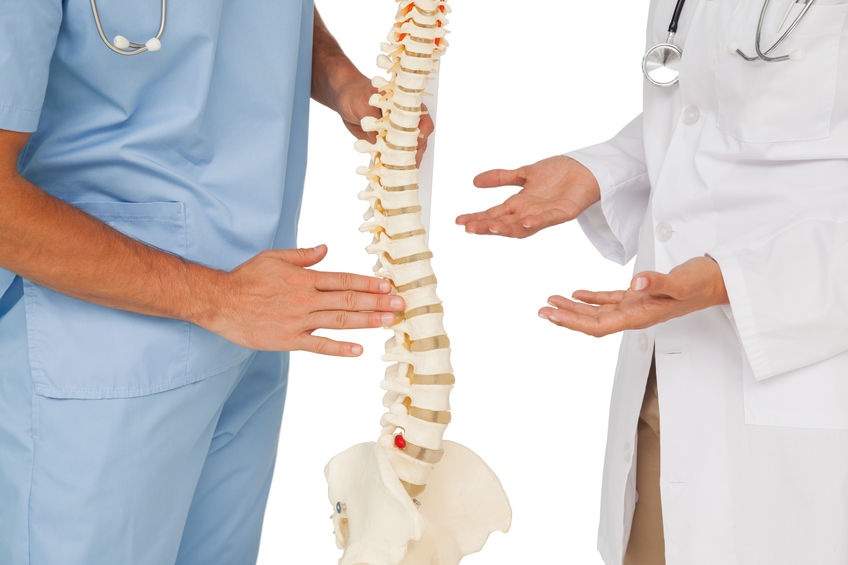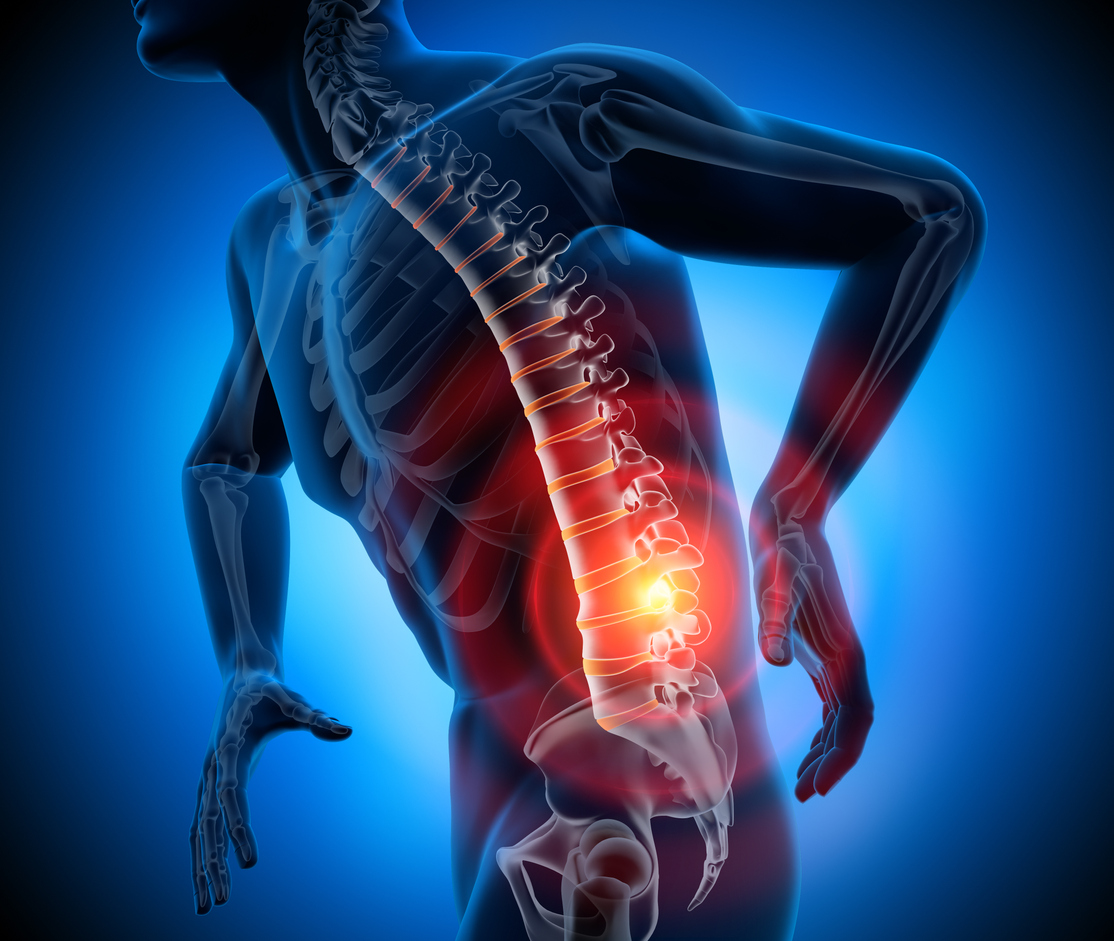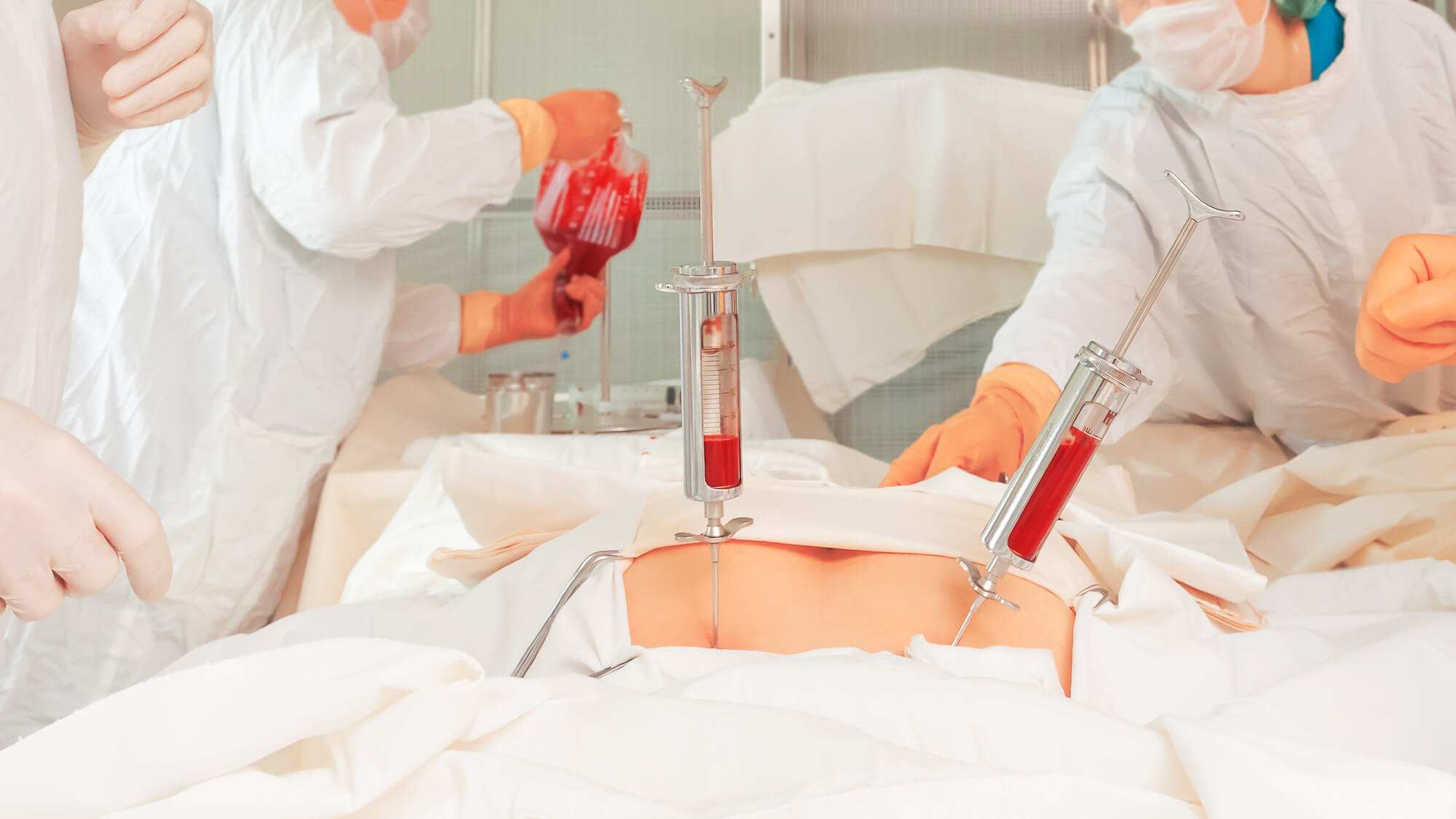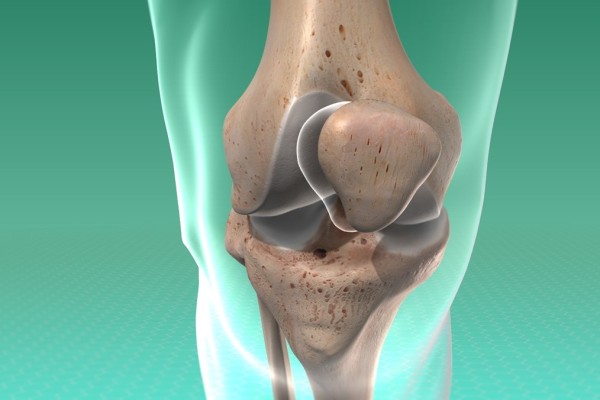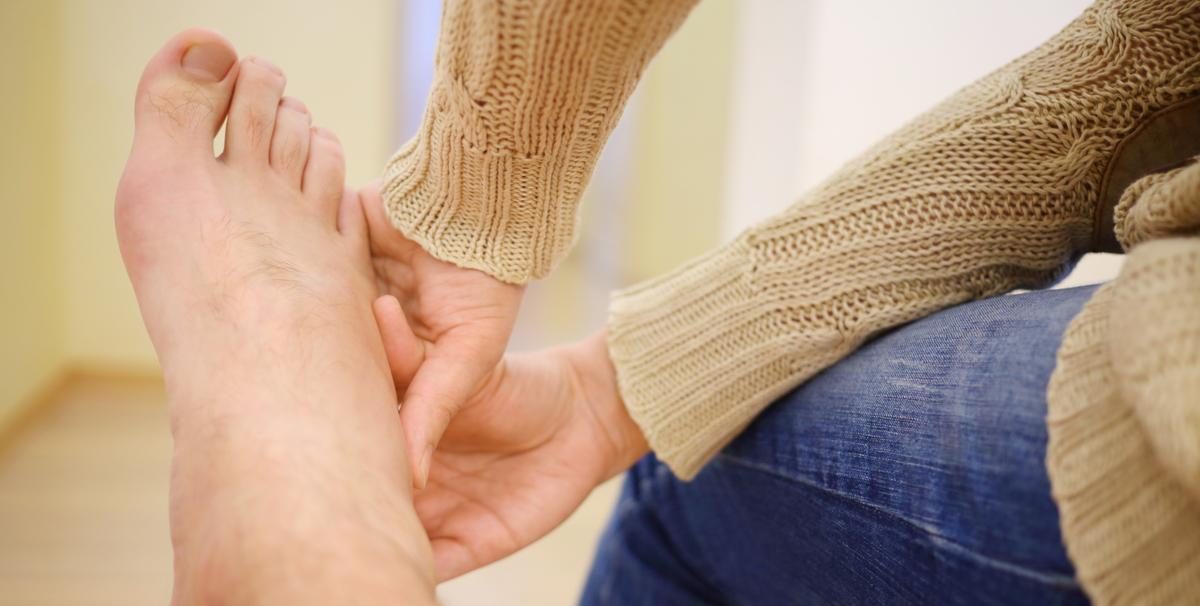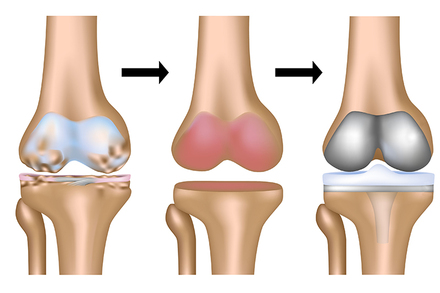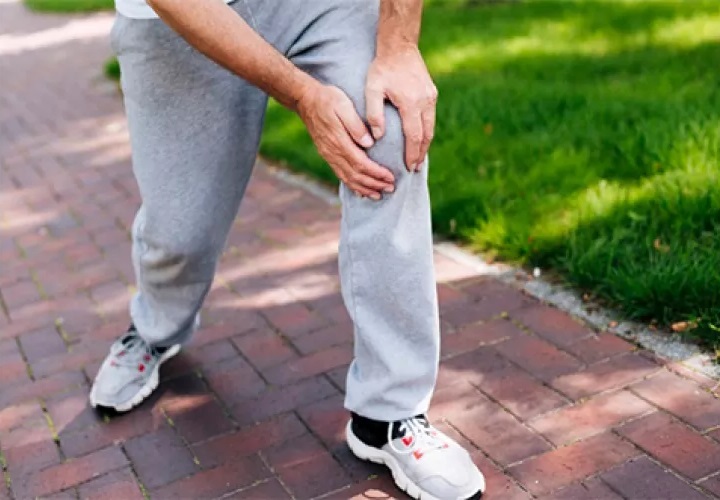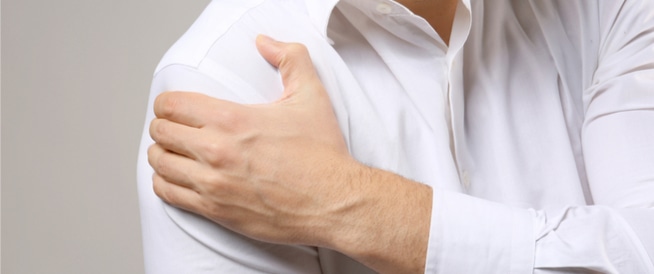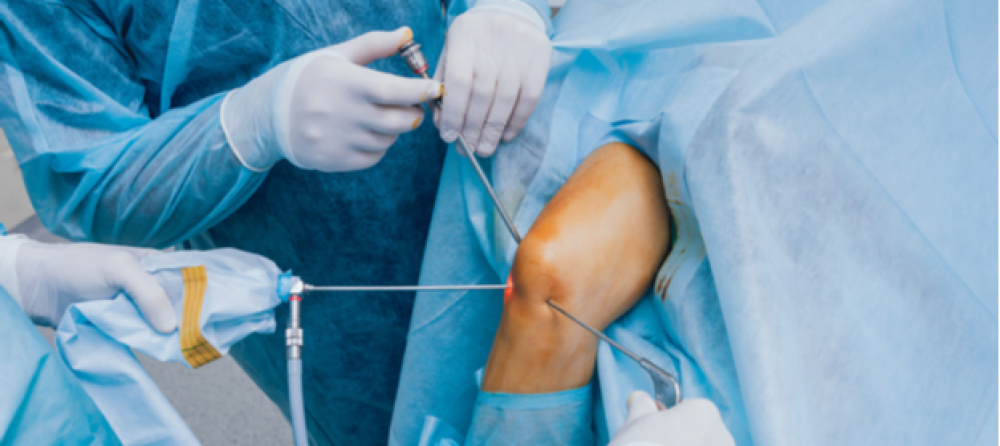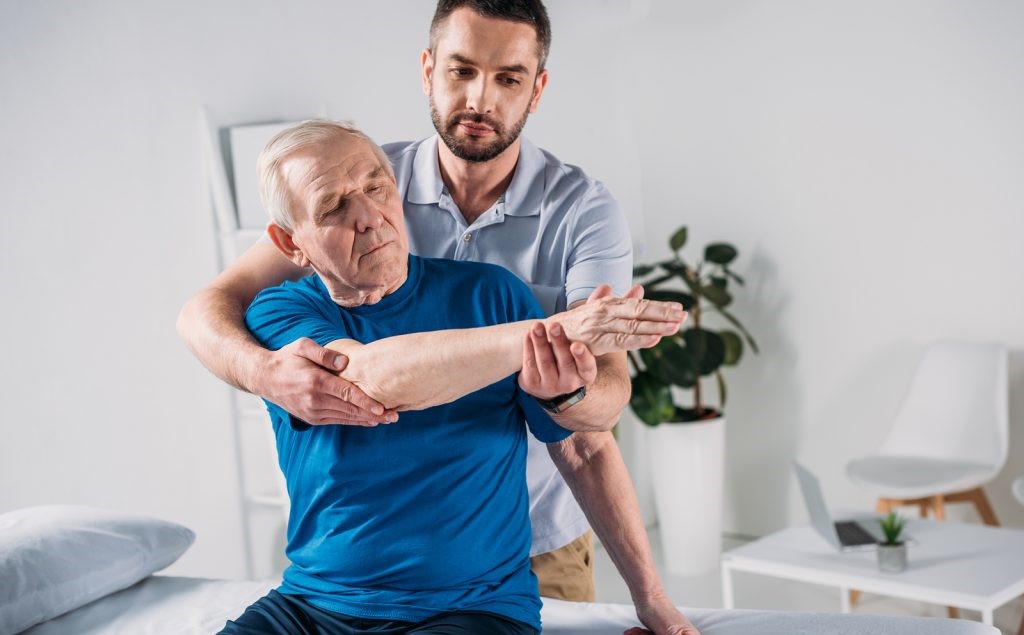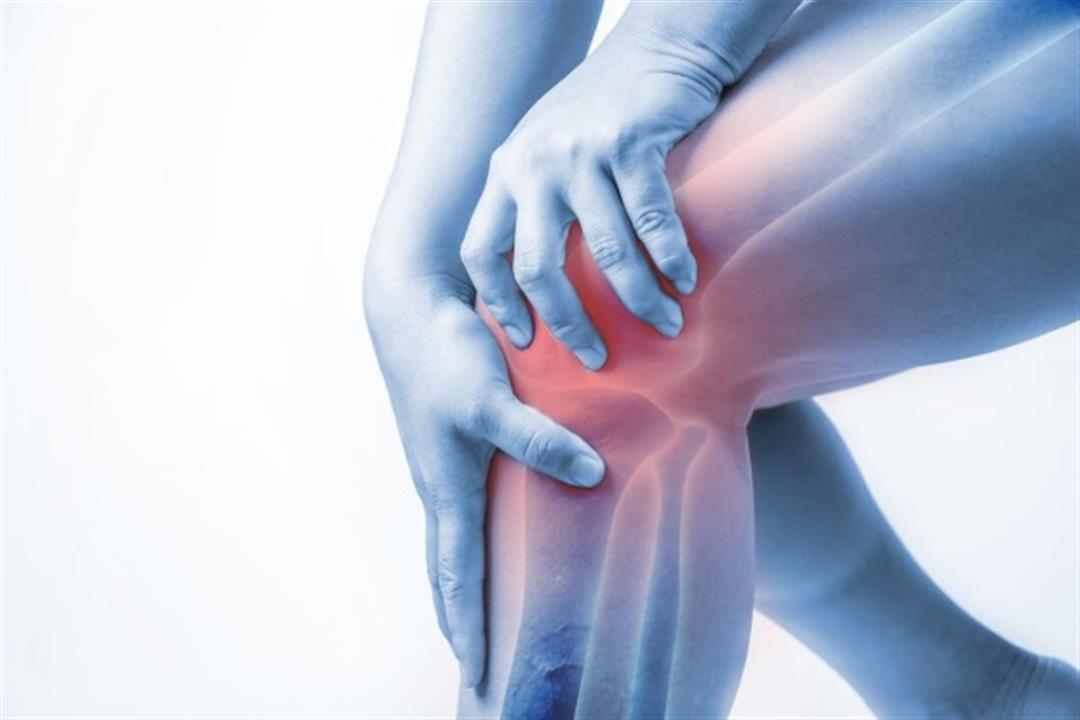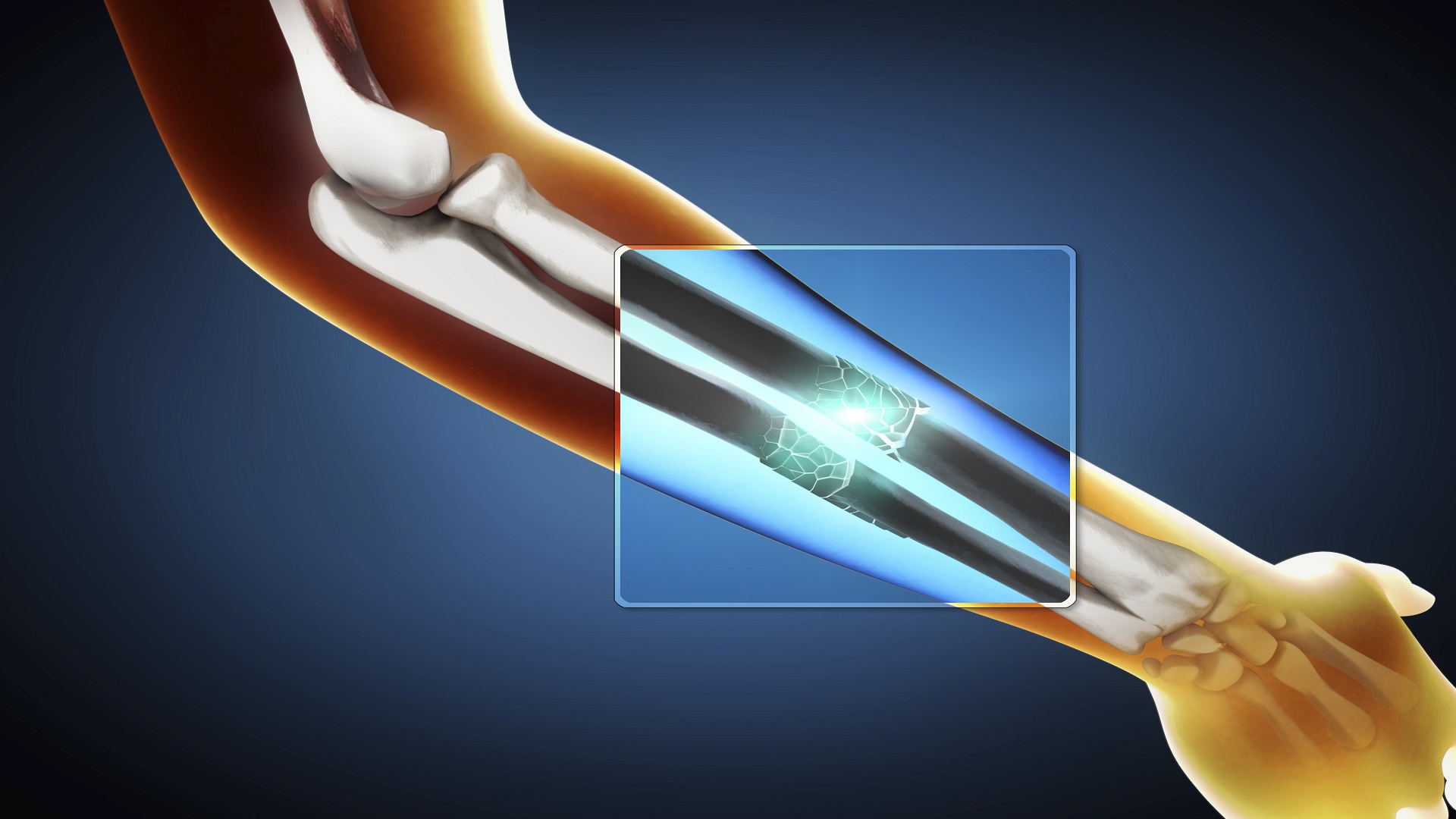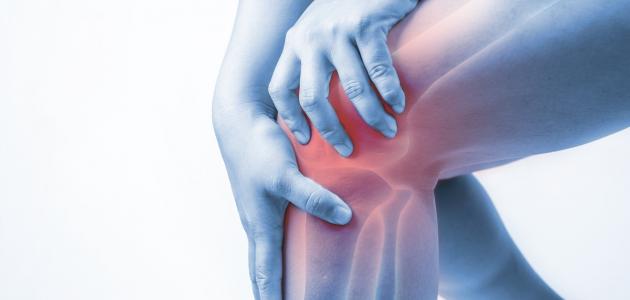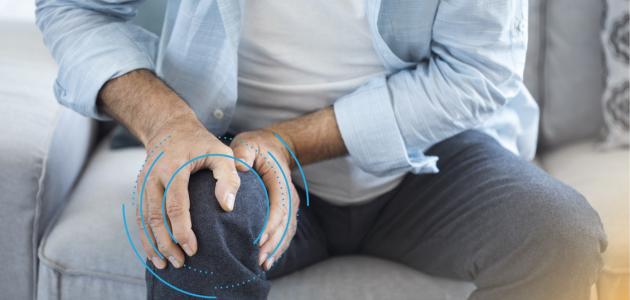The difference between Vitamin D2 and D3
There are many forms of vitamin D, the doses of which vary from one person to another, and the specialist doctor determines the appropriate for individuals after revealing their conditions clearly. Follow with us the following article in order to learn about the forms of vitamin D and how to get the best benefit from it. Let us read the following.
The difference between Vitamin D2 and D3
There are many ways in which the difference between vitamin D2 and D3 can be explained, and here are some of them:
Natural resources
Vitamin D3 can be obtained through exposure to ultraviolet sunlight in addition to its presence in foods from animal sources, while vitamin D2 is obtained from a fortified plant source, and for foods that contain both of them:
- Vitamin D3: It can be obtained from fatty fish, fish oil, egg yolks, butter, liver, and some nutritional supplements.
- Vitamin D2: Found in mushrooms, fortified foods, and nutritional supplements.
Manufacturing
Vitamin D3 is made by exposure to sunlight, as it turns into a compound 7- dehydrocholesterol (7- Dehydrocholesterol), while vitamin D2 is formed through a process similar to that in plants and in which the compound Ergosterol found in vegetable oils is formed.
Potency
When both vitamin D2 and vitamin D3 enter the body, the kidneys metabolize each of them, and as a result, vitamin D2 is converted into 25-hydroxyvitamin D2, and vitamin D3 is converted into 25-hydroxyvitamin D3, and the product in both cases is known as calcifediol.
The difference between them, in this case, lies in the ability of each of them to compensate for a certain amount of vitamin D that is deficient in the body, as vitamin D3 produces an order of magnitude more calcifediol than vitamin D2, and for this reason, doctors recommend vitamin D3 in cases of severe deficiency.
When is vitamin D deficient?
The normal percentage of vitamin D that exists in the body of individuals is determined by conducting a 25-hydroxy-blood analysis, and if the ratio ranges between 30 ng/milliliter to 50 ng/milliliter, then the situation is normal, but if it is less than 12 ng/milliliter, this is evidence On the presence of a deficiency of vitamin D in the body of the individual.
Among the symptoms that appear on an individual in case he suffers from a deficiency in vitamin D:
- Feeling very tired and lethargic most of the time.
- Instability of the individual’s mood and episodes of depression.
- Extreme anxiety and a sense of discomfort.
- Extreme laziness and unwillingness to do the least possible effort.
- Excessive hair loss.
- Suffering from weight gain and not being able to lose it easily.
- A sensation of muscle pain and twitching.
- The presence of pain in the joints and bones, especially in the back area.
- Osteoporosis, softness, and ease of fracture.
- The presence of a defect in the immune system causes the individual to get frequent infections.
- Wounds do not heal quickly.
- Weakness of the teeth.
- Loss of sexual desire.
Vitamin D deficiency causes chest pain
Some chest pains may be due to the presence of a deficiency of vitamin D in the body already, but it is preferable to consult a specialist before confirming this matter because this symptom may appear in many other diseases and is not only linked to a deficiency of vitamin D.
How to take liquid vitamin D
Vitamin D is taken by placing the drops directly in the mouth, and this is the best way to treat the deficiency that affects individuals from vitamin D quickly and more effectively. It increases the body’s ability to absorb the vitamin.
The appropriate doses for individuals are determined according to the extent of the deficiency they suffer from, some people may take it once a week, and others once a month.
What foods help absorb vitamin D?
In order to ensure an increase in the body’s ability to absorb vitamin D, foods that help in this must be consumed greatly, as foods that are rich in vitamin K have a major role in this matter, such as kiwi, spinach, liver, and chicken.
In addition, focusing also on foods that are rich in both zinc and magnesium increases the body’s effectiveness in absorbing vitamin D, and examples of these foods include seeds, nuts, dark chocolate, and whole grains.
What are the effects of vitamin D deficiency in the body?
- Calcium deficiency and the effect on bone health: Vitamin D works to increase the body’s ability to absorb calcium effectively, and therefore its deficiency causes fragility, increased softness, fracture, and rickets in children.
- Heart disease: Vitamin D deficiency in an individual’s body causes high blood pressure, hyperlipidemia, peripheral vascular disease, coronary artery disease, as well as myocardial infarction, heart failure, and stroke.
- Multiple sclerosis: When an individual suffers from multiple sclerosis and suffers from a deficiency in vitamin D, this causes more brain damage, which causes an increase in the severity and severity of disability over time.
- Obesity: Those who are overweight and deficient in vitamin D are not able to lose it easily.
- Cancer: A deficiency of vitamin D in an individual’s body increases the activity of cancer cells and makes individuals more susceptible to cancer, such as colon cancer, breast cancer, and prostate cancer.
What is the best time to take vitamin D?
The best time to take vitamin D is in the morning when the body can absorb it more effectively than at any other time, therefore, you must prepare a delicious breakfast rich in the necessary nutrients and take the vitamin immediately after.
In addition to the fact that the morning time is optimal for those who take some other vitamins or forget most of the time, and if vitamin D is not taken in the morning, it is preferable to take it after eating a fatty meal so that the body can absorb it more effectively.


